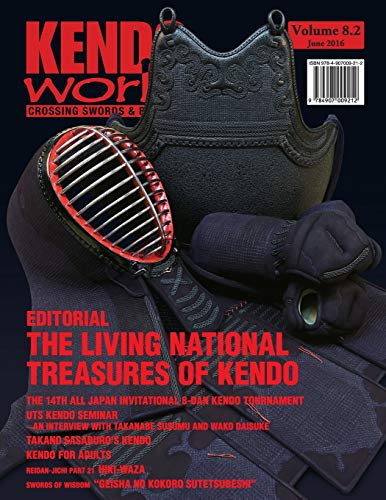
Kendo World 8.2

Editorial
By Alex Bennett
In the Editorial, Alex joyfully describes his brand new set of premium handmade boguthat took several years to make and cost the same as a medium-sized car, but he also laments on the state of bogu production in Japan as there are now no artisans left in Japan who can make a complete set of bogu from scratch. In order to try and preserve the craft, Kendo World is lobbying the All Japan Kendo Federation to get the last remaining craftsmen designated as National Living Treasures.
The 14th All Japan Invitational 8-dan Kendo Tournament
By Michael Ishimatsu-Prime
A report on the 14th All Japan Invitational Kendo Tournament which was won by Kanagawa’s K8-dan Miyazaki Masahiro.
UTS Kendo Seminar: An Interview with Takanabe Susumu and Wako Daisuke
By Clement Guo
Former two-time All Japan Champion and World Champion Takanabe Susumu and All Japan Championship runner-up Wako Daisuke visited UTS Kendo Club in Sydney in December 2015 to hold a seminar. During the seminar they sat down with Clement Guo for a interview and discussed their thoughts on kendo and participating in competitions.
Kendo – Part 2
By Takano Sasaburō
Translated and annotated by Alex Bennett
It’s a bit difficult to know where to begin when discussing Takano Sasaburō’s contributions to kendo. He was instrumental in developing the dan grading system for kendo, and was also a key member in the committee that created the Nihon Kendo Kata in 1912. His book simply titled Kendō was a tour de force in the creation of a uniform style for modern kendo, and is still considered a classic book by kendoka today. This series of articles will translate Takano’s book and the text will be annotated to contextualize its ground-breaking content. This issue of Kendo World will feature Chapter 2 which is divided into the following sections: The Objective of Kendo in Education; Teaching Content and Apportioning; Assessment; Kendo Equipment; Grading System.
Kendo for Adults Part 4: The Importance of Kirikaeshi for Mature Practitioners
By Hatano Toshio
Translated by Alex Bennett
In this issue, Hatano-sensei explains the importance of kirikaeshi and its benefits.
Uncle Kotay’s Kendo Korner – Part2: the pleats in the hakama
By Uncle Kotay
Kendo sage Uncle Kotay dishes out kendo wisdom. In this installment he talks about the meaning of the pleats in kendo hakama.
Kendo From Basics
By Kendo Kyoshi 8-dan Hirakawa Nobuo
Translated by Michael Ishimatsu-Prime
Hirakawa Nobuo-sensei’s Kendo From Basics was originally published in 1993. It proved to be very popular and went through several printings in the original Japanese. Chinese and Korean language translations have also been made, and now, Kendo World has translated it into English and is hoping to publish it in 2016. As a preview, this edition of Kendo World features a section on “Creating a debana striking opportunity” from the Applied Techniques chapter…. …
AVAILABLE IN PRINT AND KINDLE VERSIONS AND ON THE BUDO BOOKS APP IN E-BOOK FORMAT! SEE THE LINKS BELOW!!





















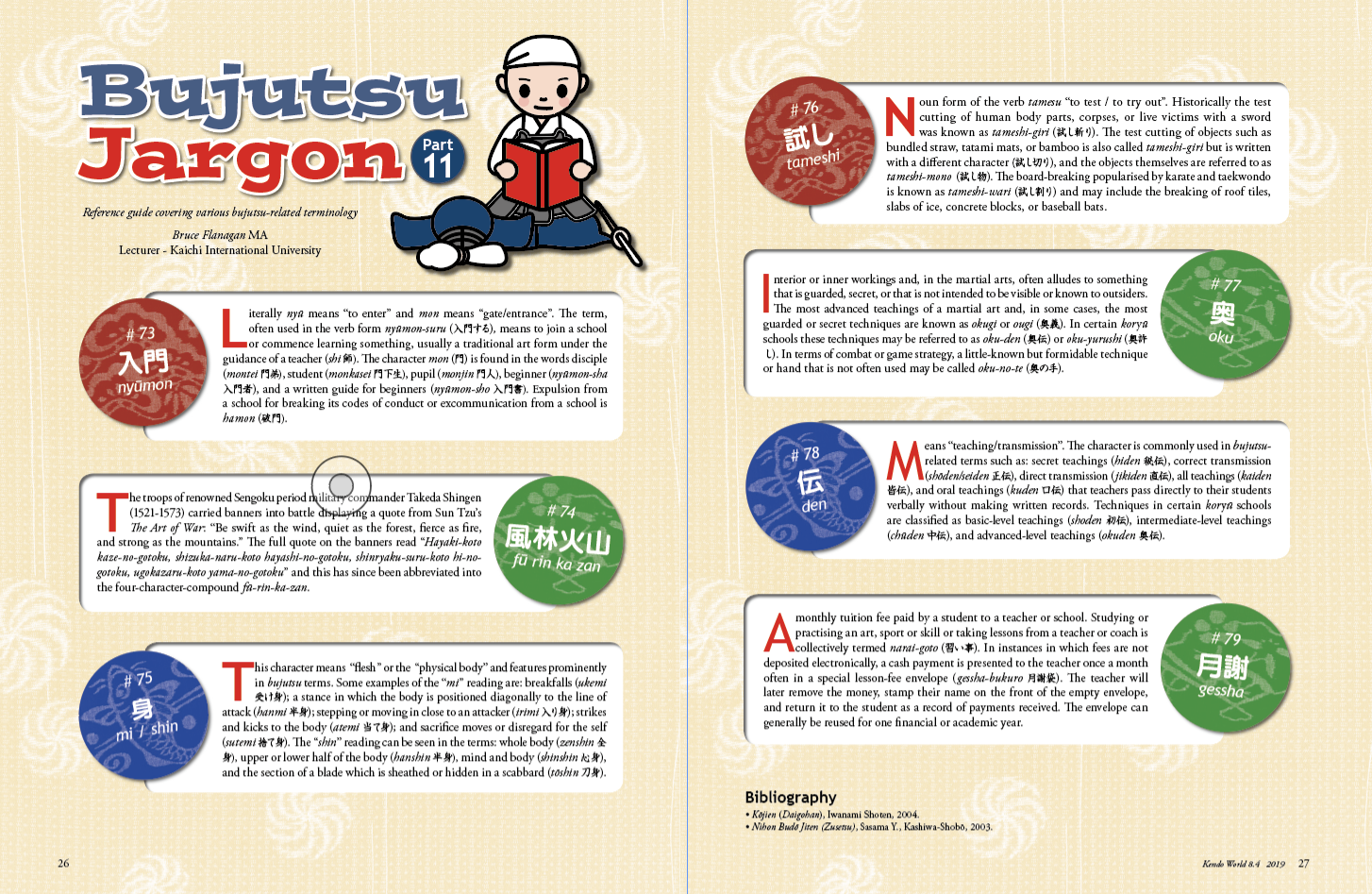
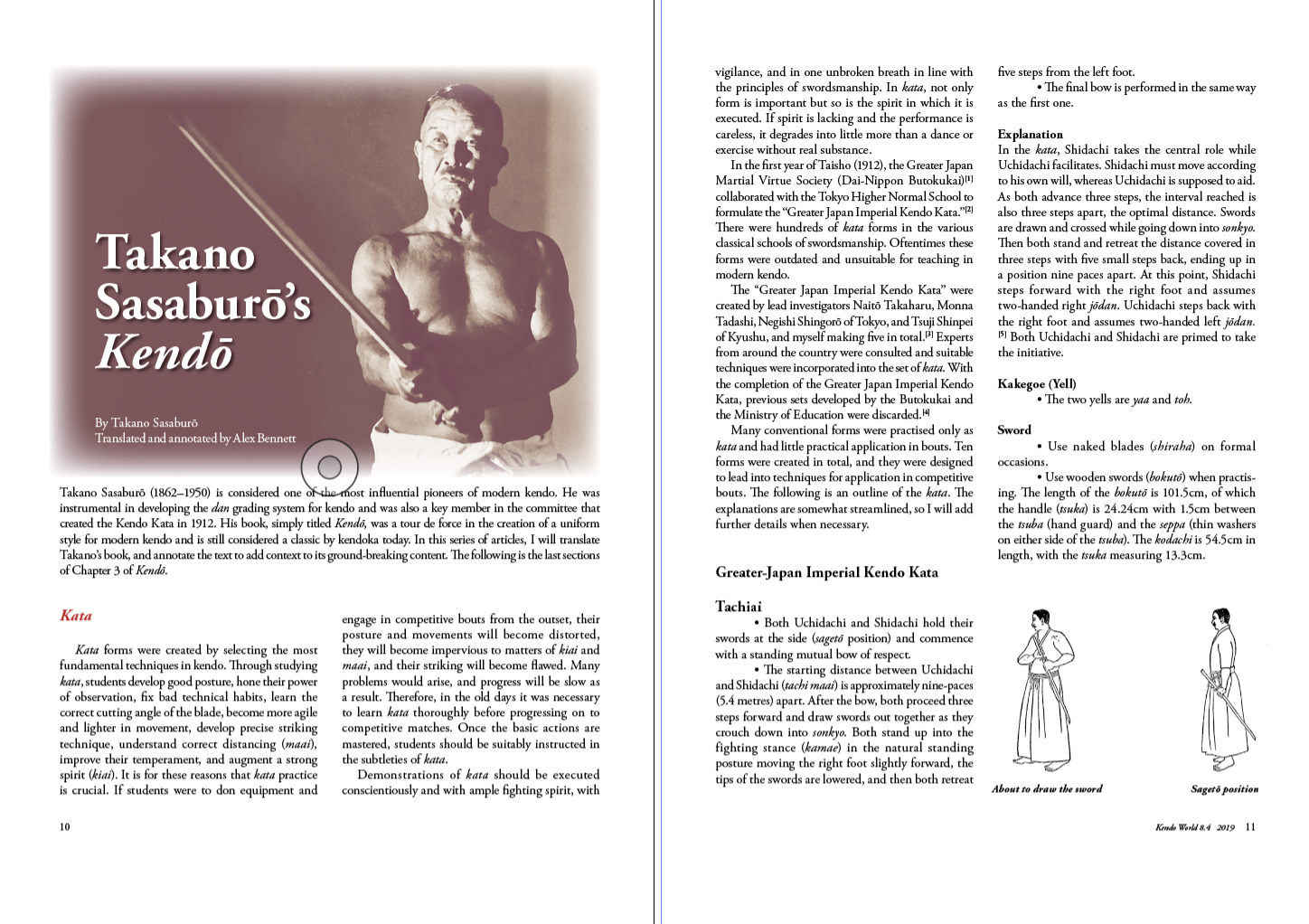
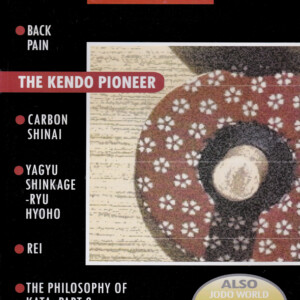
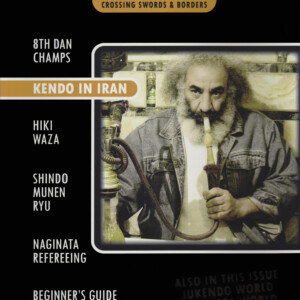
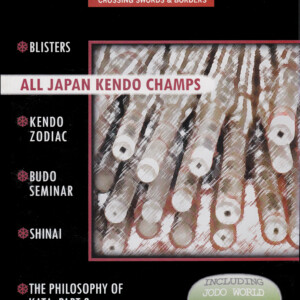
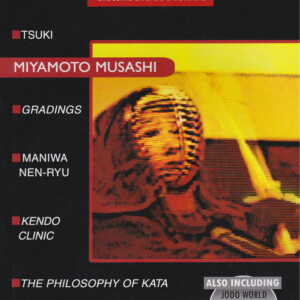
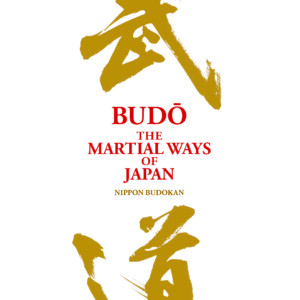

No comments yet.